Home>Home Appliances>Cleaning Appliances>How Often To Mop Hardwood Floors
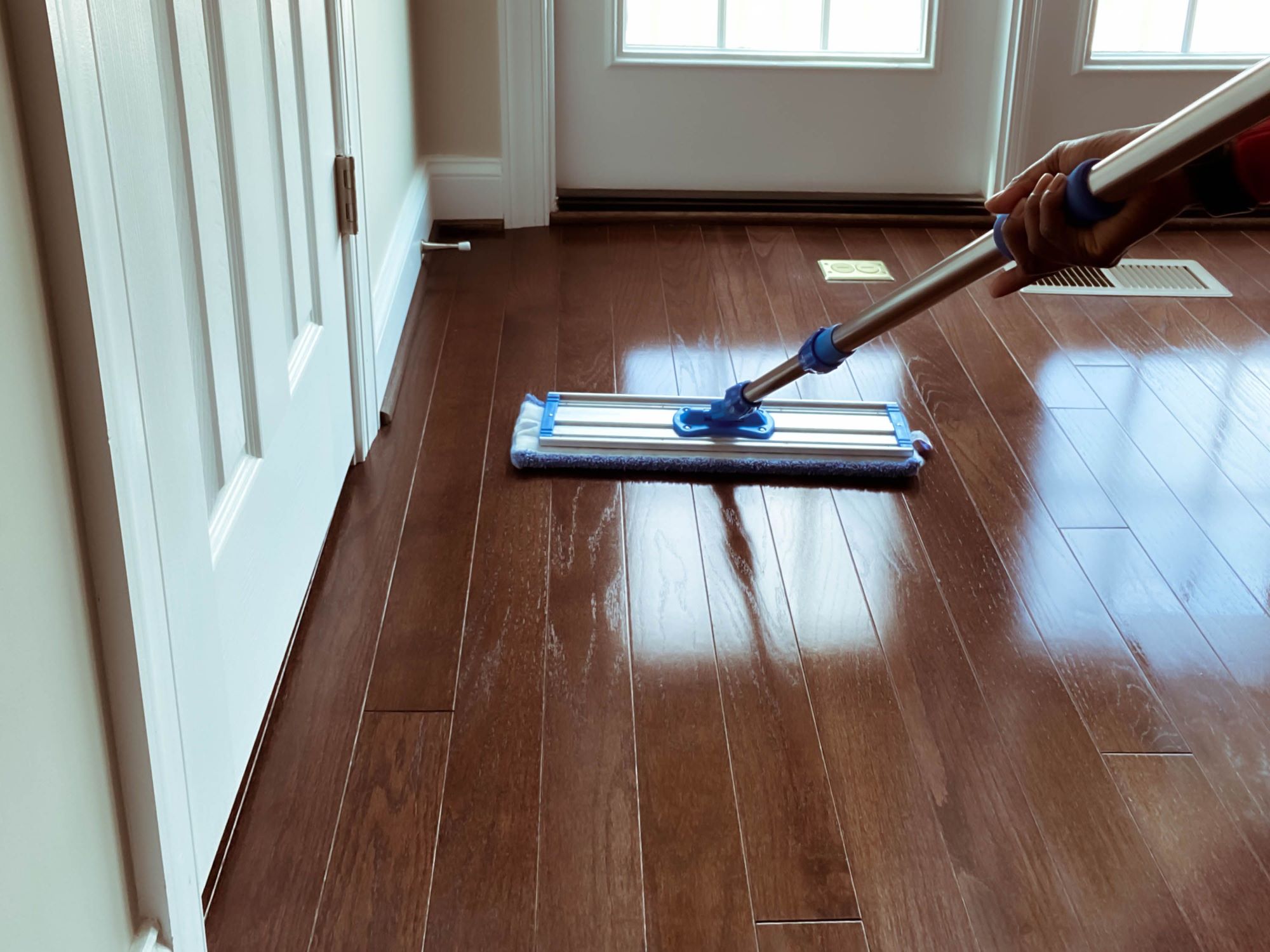

Cleaning Appliances
How Often To Mop Hardwood Floors
Modified: August 17, 2024
Learn how often to mop hardwood floors to keep them clean and shiny. Discover the best cleaning appliances and techniques for maintaining your hardwood floors.
(Many of the links in this article redirect to a specific reviewed product. Your purchase of these products through affiliate links helps to generate commission for Storables.com, at no extra cost. Learn more)
Introduction
Maintaining the pristine allure of hardwood floors involves a combination of regular cleaning and mindful maintenance. Hardwood floors exude timeless elegance and charm, but they necessitate dedicated care to preserve their luster and longevity. Among the various cleaning methods, mopping stands out as a pivotal practice for ensuring the cleanliness and hygiene of hardwood floors.
Mopping not only eliminates surface dirt and grime but also addresses the deeper-seated impurities that may compromise the floor's integrity over time. However, the frequency of mopping hardwood floors is a topic that often sparks debate. Determining how often to mop hardwood floors involves a nuanced consideration of several factors, including foot traffic, environmental conditions, and signs indicating the need for a thorough cleaning.
In this comprehensive guide, we will delve into the intricacies of mopping hardwood floors, shedding light on the optimal frequency for both high-traffic and low-traffic areas. Moreover, we will explore the telltale signs that signify the necessity of a mopping session, equipping you with the knowledge to uphold the immaculate allure of your hardwood floors. Additionally, we will unravel the best practices for mopping hardwood floors, empowering you to execute this essential cleaning ritual with finesse and efficacy.
Embark on this enlightening journey to uncover the secrets of preserving the resplendence of your hardwood floors through adept mopping practices. Let's delve into the nuances of mopping hardwood floors and unveil the art of striking the perfect balance between cleanliness and preservation.
Key Takeaways:
- Keep high-traffic areas clean by mopping weekly, and be mindful of seasonal changes in foot traffic. Look out for signs like visible dirt and pet tracks to know when it’s time to mop.
- For low-traffic areas, mop every 2-4 weeks and adjust based on visual inspection. Use gentle techniques, suitable cleaning solutions, and protective measures to maintain the hardwood floors’ pristine allure.
Factors to Consider
When contemplating the frequency of mopping hardwood floors, several pivotal factors warrant careful consideration. Understanding these determinants is crucial for devising a mopping regimen that aligns with the unique characteristics and demands of your living space. Let’s delve into the key factors that should influence your decision regarding how often to mop hardwood floors:
- Foot Traffic: The amount of foot traffic your hardwood floors endure plays a pivotal role in determining the ideal mopping frequency. High-traffic areas, such as entryways, hallways, and living rooms, are more susceptible to accumulating dirt, dust, and grime. Consequently, these areas typically necessitate more frequent mopping to uphold cleanliness and prevent the buildup of residues that can mar the floor’s appearance.
- Environmental Conditions: The environmental conditions within your home, including humidity levels and proximity to outdoor elements, can impact the cleanliness of your hardwood floors. Homes situated in areas with high humidity or those prone to inclement weather may require more frequent mopping to mitigate the effects of moisture and outdoor debris being tracked indoors.
- Pet and Child Activity: Homes with pets and young children often contend with increased messes and spills, necessitating a more proactive approach to floor maintenance. The presence of pets and kids can significantly elevate the frequency at which hardwood floors should be mopped to manage the inevitable influx of crumbs, mud, and spills.
- Floor Finish and Sealing: The type of finish or sealant applied to your hardwood floors influences their susceptibility to dirt and wear. While some finishes offer enhanced resistance to stains and moisture, others may necessitate more frequent cleaning to maintain their aesthetic appeal and protective properties.
By taking these factors into account, you can tailor your mopping routine to suit the specific demands of your living space, ensuring that your hardwood floors remain impeccably clean and visually captivating. Understanding these nuances will empower you to make informed decisions regarding the frequency of mopping, setting the stage for a well-maintained and inviting home environment.
Frequency for High-Traffic Areas
High-traffic areas, such as entryways, kitchens, and living rooms, are bustling thoroughfares that bear the brunt of daily footfall, making them prime candidates for more frequent mopping. The optimal frequency for mopping hardwood floors in high-traffic areas hinges on the intensity of use and the accumulation of dirt and debris. Here’s a comprehensive guide to help you determine the ideal mopping schedule for these bustling zones:
- Weekly Mopping: As a general rule of thumb, high-traffic areas should undergo a thorough mopping session at least once a week. This frequency allows for the effective removal of surface dirt, spills, and residues that are inevitable in these bustling zones. However, homes with pets or young children may benefit from more frequent mopping, potentially every few days, to manage the heightened activity and messes.
- Spot Cleaning: In addition to weekly mopping, high-traffic areas may require periodic spot cleaning to promptly address spills and stains. Keeping a microfiber cloth or mop handy for swift spot cleaning can prevent stains from setting and preserve the pristine appearance of the hardwood floors between regular mopping sessions.
- Seasonal Adjustments: Consider adjusting the frequency of mopping based on seasonal variations in foot traffic and environmental conditions. For instance, during inclement weather or the holiday season, when foot traffic intensifies, it may be prudent to increase the frequency of mopping to combat the heightened accumulation of dirt and moisture.
By adhering to a consistent mopping schedule tailored to the demands of high-traffic areas, you can uphold the cleanliness and allure of your hardwood floors, ensuring that they radiate timeless elegance and charm despite the rigors of daily use.
Frequency for Low-Traffic Areas
While high-traffic areas demand regular attention to combat the onslaught of dirt and foot traffic, low-traffic areas, such as bedrooms and formal dining rooms, necessitate a more nuanced approach to mopping. The frequency of mopping hardwood floors in low-traffic areas should be tailored to maintain cleanliness without overburdening these less-frequented spaces. Here’s a comprehensive guide to help you determine the optimal mopping schedule for low-traffic areas:
- Bi-Weekly to Monthly Mopping: Low-traffic areas typically benefit from less frequent mopping, often ranging from bi-weekly to monthly sessions. This interval strikes a balance between maintaining cleanliness and minimizing the disruption caused by excessive cleaning in areas with minimal foot traffic. However, factors such as pet activity or occasional use of the space may warrant more frequent cleaning.
- Visual Inspection: Conduct regular visual inspections of low-traffic areas to gauge the accumulation of dust, pet dander, or any signs of soiling. This proactive approach enables you to adjust the mopping frequency based on the specific needs of each area, ensuring that cleanliness is upheld without unnecessary exertion.
- Rotation Cleaning: Implement a rotation cleaning strategy for low-traffic areas to ensure comprehensive maintenance without overburdening any single space. By alternating the focus of your cleaning efforts, you can distribute the impact of mopping across different areas, promoting efficient upkeep while minimizing the disruption caused by frequent cleaning in specific zones.
By tailoring the mopping frequency to suit the unique characteristics of low-traffic areas, you can preserve the pristine allure of your hardwood floors without imposing unnecessary cleaning obligations on spaces that experience minimal foot traffic. This approach fosters a harmonious balance between cleanliness and practical maintenance, ensuring that every corner of your home exudes timeless charm and immaculate appeal.
Mop hardwood floors once a week to remove dirt and grime, but avoid excessive water to prevent damage. Use a damp mop with a hardwood floor cleaner for best results.
Signs That Indicate It’s Time to Mop
Recognizing the signs that signify the necessity of a thorough mopping session is essential for maintaining the cleanliness and allure of hardwood floors. While adhering to a regular mopping schedule is paramount, certain indicators can prompt the need for immediate or additional cleaning to preserve the pristine appearance of your hardwood floors. Here are the key signs that signal it’s time to mop your hardwood floors:
- Visible Dirt and Grime: The presence of visible dirt, grime, or discoloration on the hardwood surface is a clear indication that a mopping session is overdue. Accumulated debris and stains can compromise the aesthetic appeal of the floors, necessitating prompt mopping to restore their cleanliness and luster.
- Sticky or Tacky Residues: If you notice sticky or tacky residues on the floor, particularly in high-traffic areas or spill-prone zones, it’s a telltale sign that a thorough mopping session is necessary. Residues from spills, cleaning products, or tracked-in substances can mar the floor’s appearance and texture, warranting immediate attention.
- Stale or Musty Odors: Lingering stale or musty odors emanating from the hardwood floors indicate a buildup of organic matter, moisture, or impurities. Mopping with a suitable cleaning solution can help eliminate odors and refresh the ambiance of the space, ensuring that the floors exude a clean and inviting scent.
- Pet Tracks and Spills: Homes with pets are susceptible to paw prints, spills, and pet-related messes that may necessitate more frequent mopping. If you notice an accumulation of pet tracks, fur, or spills, it’s a clear indication that the floors require immediate attention to maintain cleanliness and hygiene.
- Loss of Sheen or Gloss: Diminished sheen, gloss, or a lackluster appearance of the hardwood surface can signify the accumulation of residues, dust, or wear. A comprehensive mopping session, coupled with appropriate maintenance products, can revitalize the floor’s appearance and restore its inherent radiance.
By remaining vigilant for these signs and promptly addressing them through thorough mopping, you can uphold the pristine allure of your hardwood floors, ensuring that they exude timeless elegance and charm in every corner of your home.
Read also: 8 Best Hardwood Floor Mop For 2025
Best Practices for Mopping Hardwood Floors
Maintaining the impeccable allure of hardwood floors through mopping necessitates a blend of precision, care, and effective techniques. By adhering to best practices, you can ensure that your mopping endeavors yield optimal results while safeguarding the integrity and aesthetics of the hardwood surfaces. Here are the essential best practices for mopping hardwood floors:
- Use Suitable Cleaning Solutions: Select a pH-neutral hardwood floor cleaner or a solution recommended by the floor’s manufacturer. Avoid harsh chemicals, ammonia-based cleaners, or excessive water, as these can compromise the finish and integrity of the hardwood.
- Minimize Moisture: Wring out the mop thoroughly to minimize excess moisture before mopping. Excessive water can seep into the floorboards, causing warping, swelling, or water damage. Opt for a damp mop rather than a saturated one to prevent water-related issues.
- Employ Gentle Techniques: Employ gentle, back-and-forth motions while mopping to effectively lift dirt and grime without exerting excessive force on the floor. Avoid abrasive scrubbing or vigorous movements that can scratch or wear down the hardwood surface.
- Spot Treat Stains: Address stubborn stains or spills promptly using a designated hardwood floor stain remover or a mild vinegar solution. Avoid using abrasive tools or harsh chemicals that can damage the floor’s finish.
- Dry Thoroughly: After mopping, use a clean, dry microfiber cloth or mop to thoroughly dry the hardwood surface. Lingering moisture can lead to water spots or damage, so ensure that the floor is completely dry after mopping.
- Protective Measures: Consider placing doormats at entryways and using protective pads under furniture to minimize the accumulation of dirt, scratches, and wear on the hardwood floors. These preventive measures can reduce the frequency of mopping and preserve the floor’s pristine condition.
- Regular Maintenance: Implement a routine maintenance schedule that includes dry sweeping or vacuuming to remove loose debris before mopping. This proactive approach minimizes the risk of abrasive particles scratching the floor during the mopping process.
By embracing these best practices, you can elevate the efficacy and impact of your mopping endeavors, ensuring that your hardwood floors remain impeccably clean, visually captivating, and resilient against the rigors of daily use. Uphold the timeless allure of your hardwood floors through adept mopping practices that prioritize precision, care, and preservation.
Conclusion
Embarking on the journey of mopping hardwood floors unveils a realm of meticulous care, preservation, and the art of striking the perfect balance between cleanliness and maintenance. As you navigate the nuances of mopping, it becomes evident that the optimal frequency for this essential practice hinges on a myriad of factors, including foot traffic, environmental conditions, and the unique demands of each living space.
By discerning the distinct needs of high-traffic and low-traffic areas, you can tailor your mopping regimen to ensure that cleanliness and allure permeate every corner of your home. The signs that indicate the necessity of mopping serve as steadfast guides, prompting timely and effective interventions to preserve the pristine appearance of your hardwood floors.
Moreover, by embracing the best practices for mopping, you infuse this essential cleaning ritual with precision, care, and efficacy, safeguarding the integrity and aesthetics of the hardwood surfaces. From employing suitable cleaning solutions to implementing protective measures, these best practices elevate your mopping endeavors to a realm of finesse and preservation.
As you integrate these insights into your mopping routine, you embark on a journey of upholding the timeless allure of hardwood floors, ensuring that they radiate elegance, charm, and resilience against the rigors of daily use. The art of mopping transcends mere cleanliness; it encapsulates a commitment to preserving the inherent beauty and longevity of hardwood floors, fostering a home environment that exudes warmth, sophistication, and enduring allure.
Embrace the wisdom gleaned from this comprehensive guide, and embark on your mopping endeavors with confidence, precision, and a profound appreciation for the timeless allure of hardwood floors. Through adept mopping practices, you fortify the foundations of a home that resonates with immaculate beauty, inviting warmth, and enduring elegance.
Frequently Asked Questions about How Often To Mop Hardwood Floors
Was this page helpful?
At Storables.com, we guarantee accurate and reliable information. Our content, validated by Expert Board Contributors, is crafted following stringent Editorial Policies. We're committed to providing you with well-researched, expert-backed insights for all your informational needs.
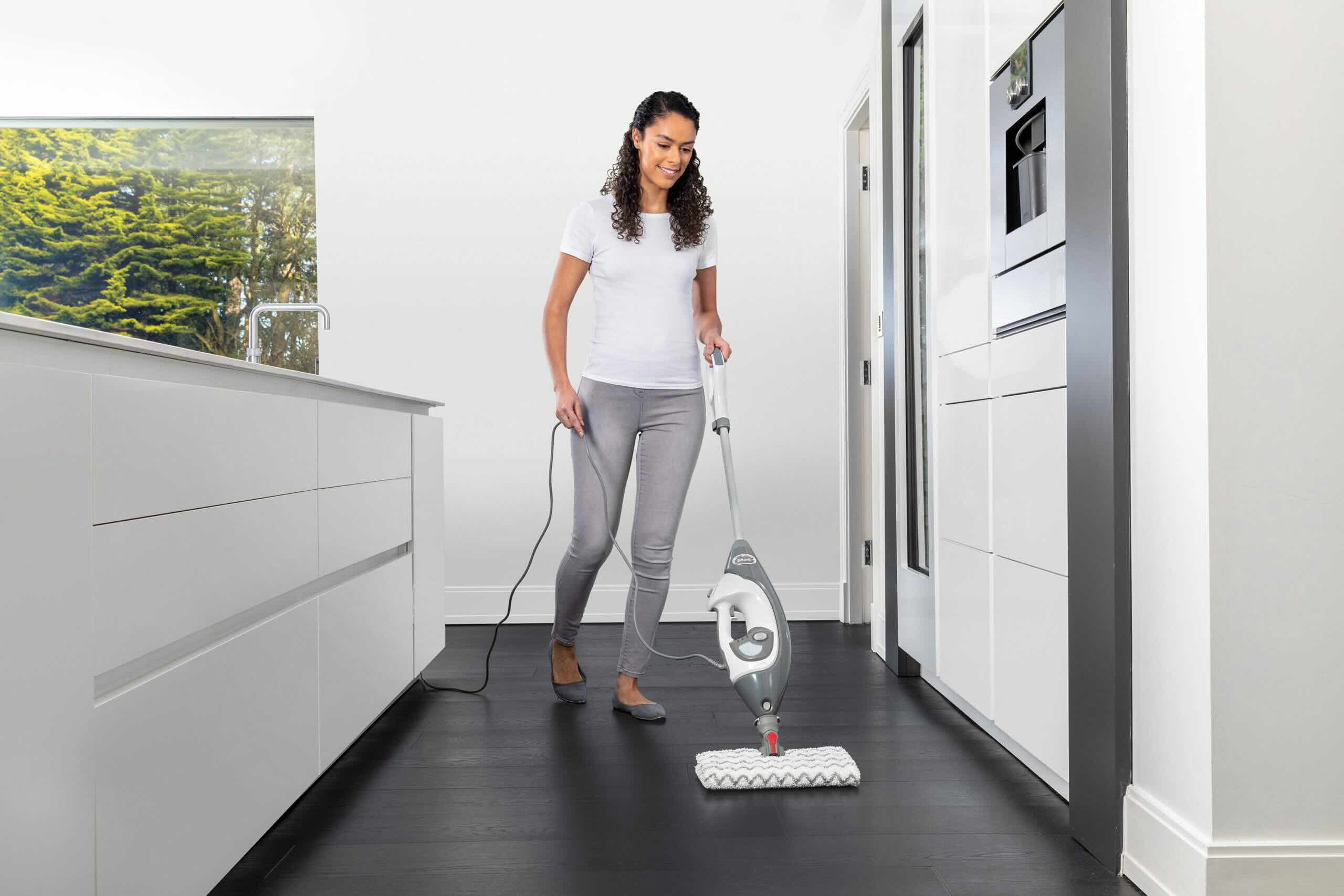
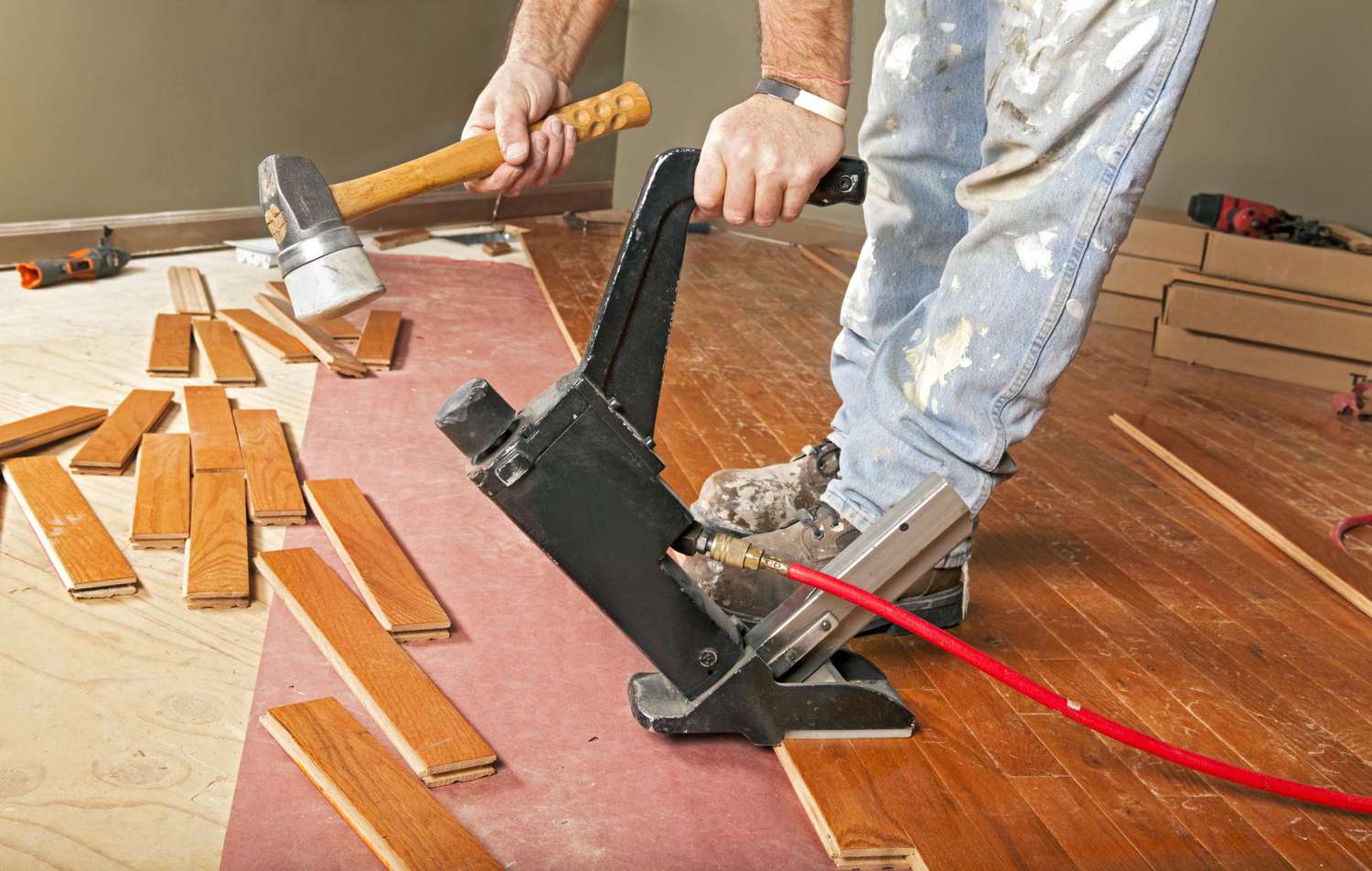
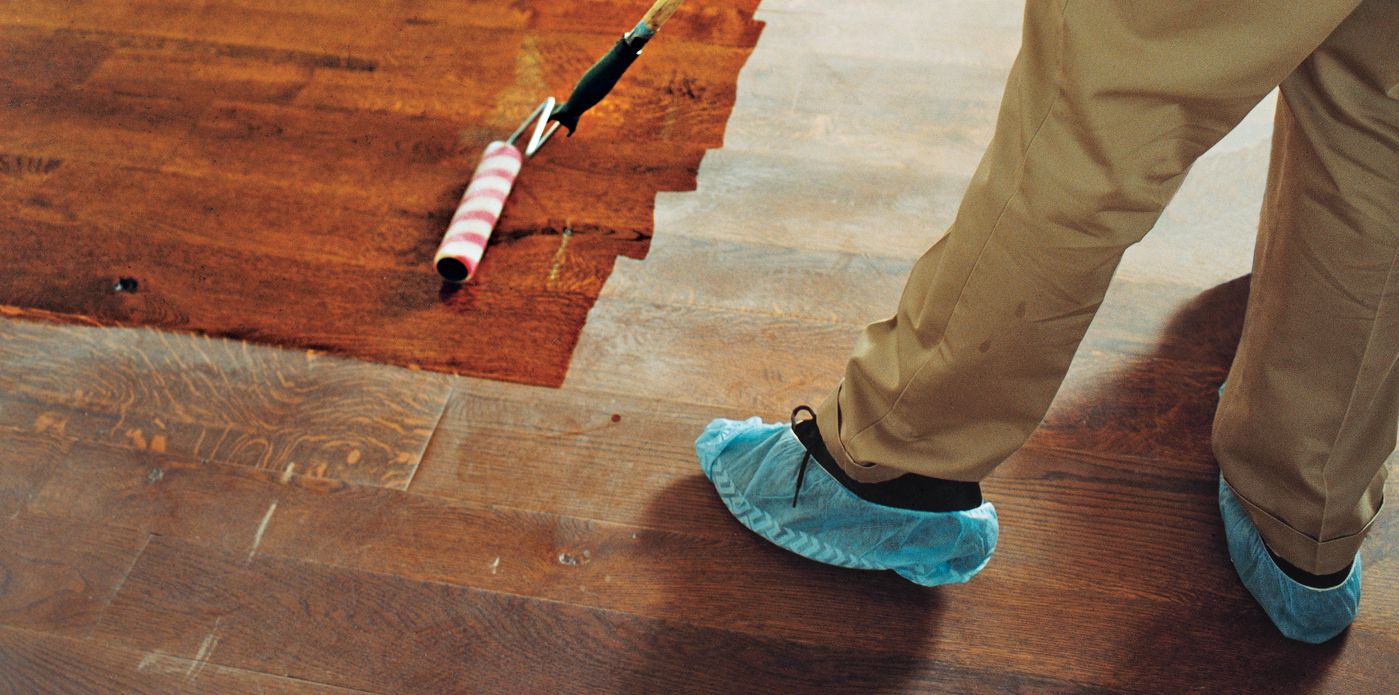
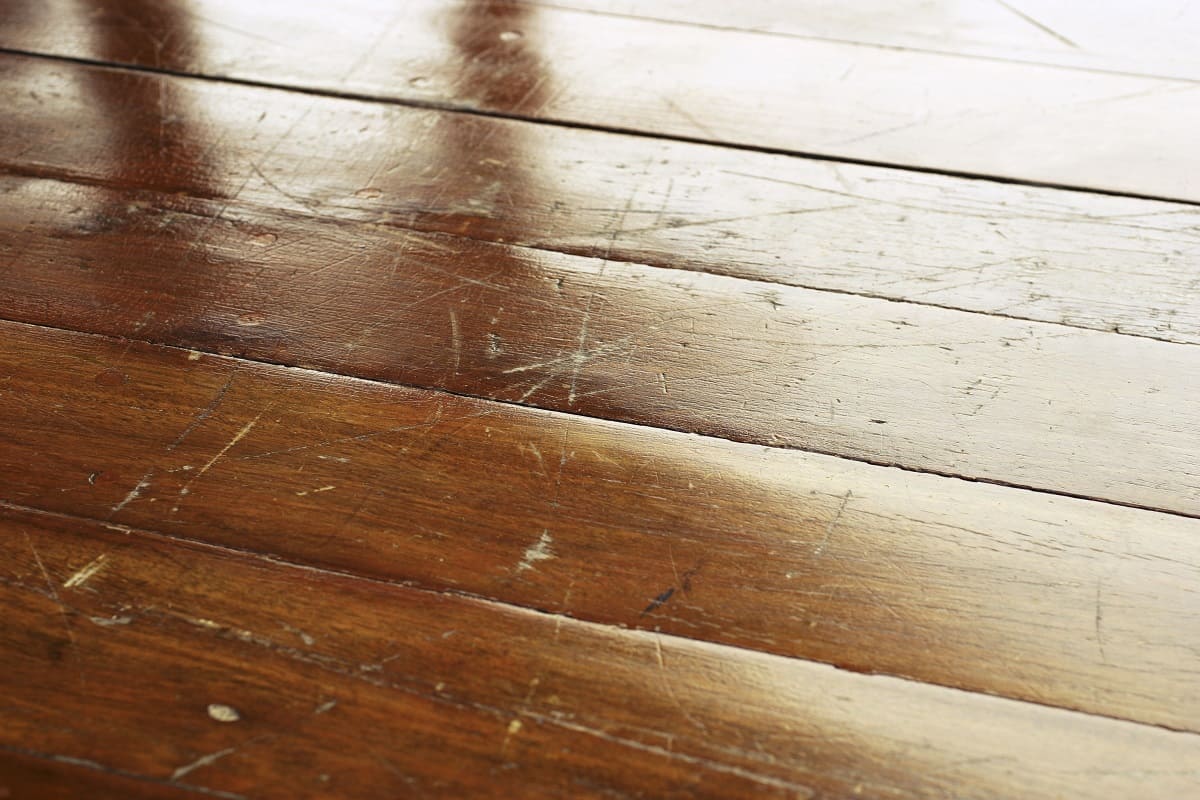
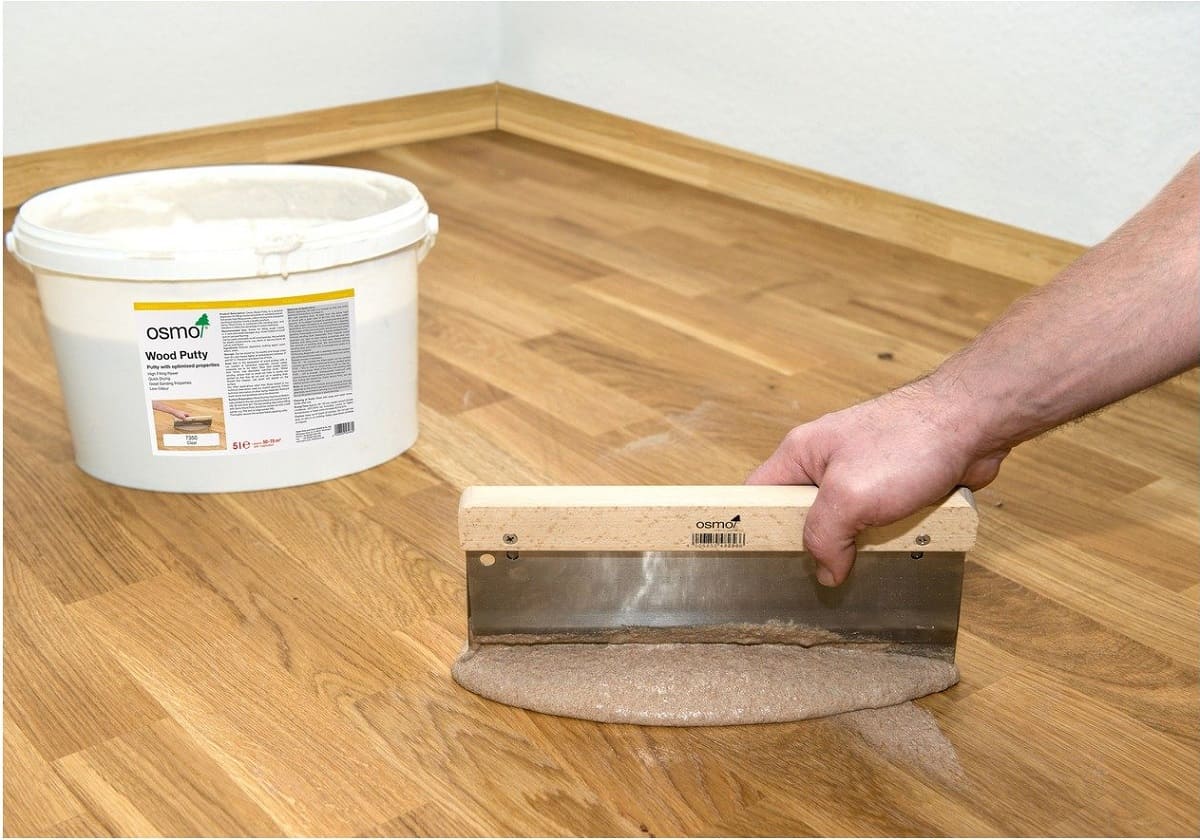
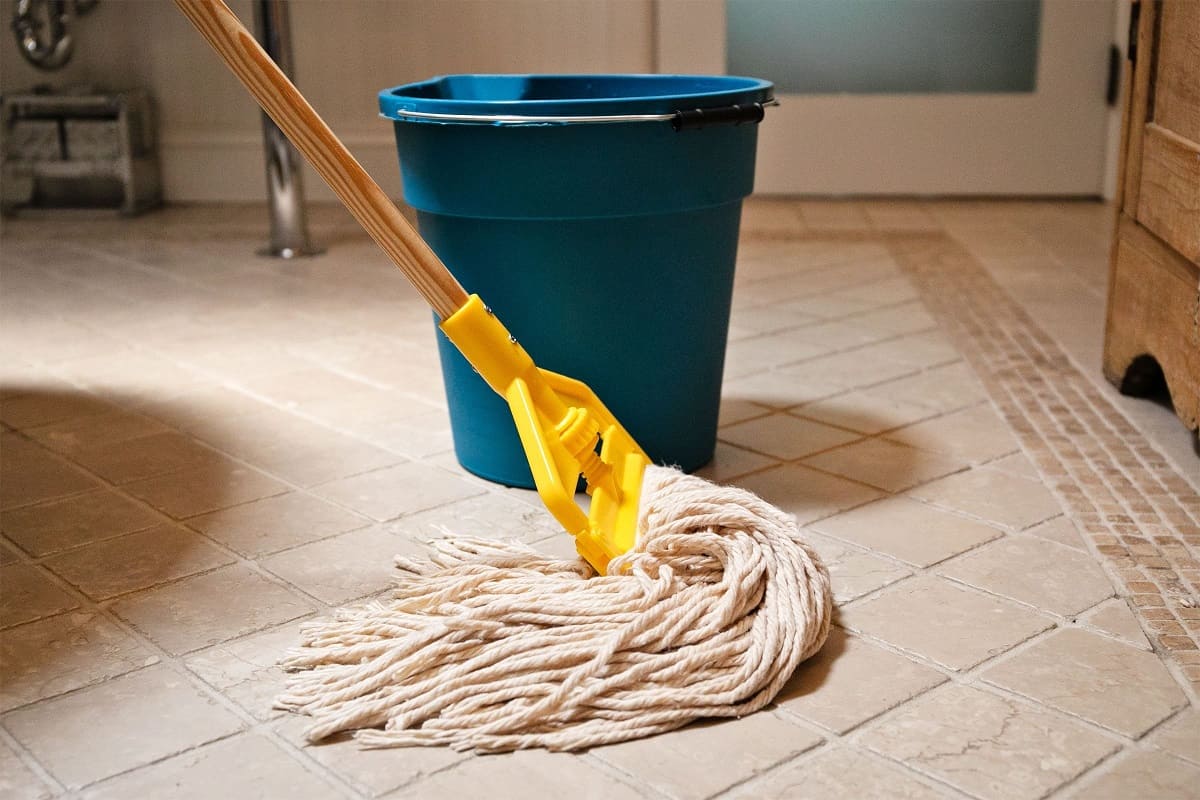
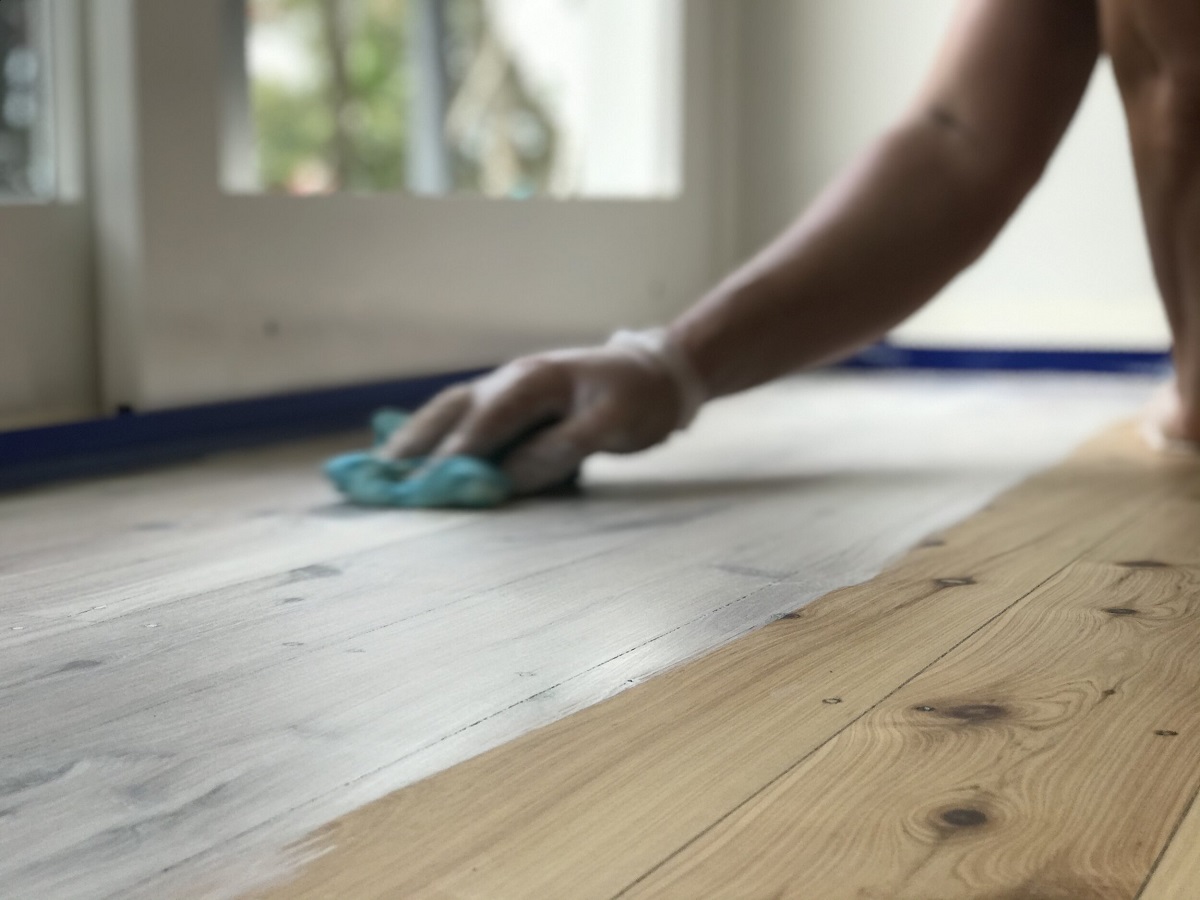
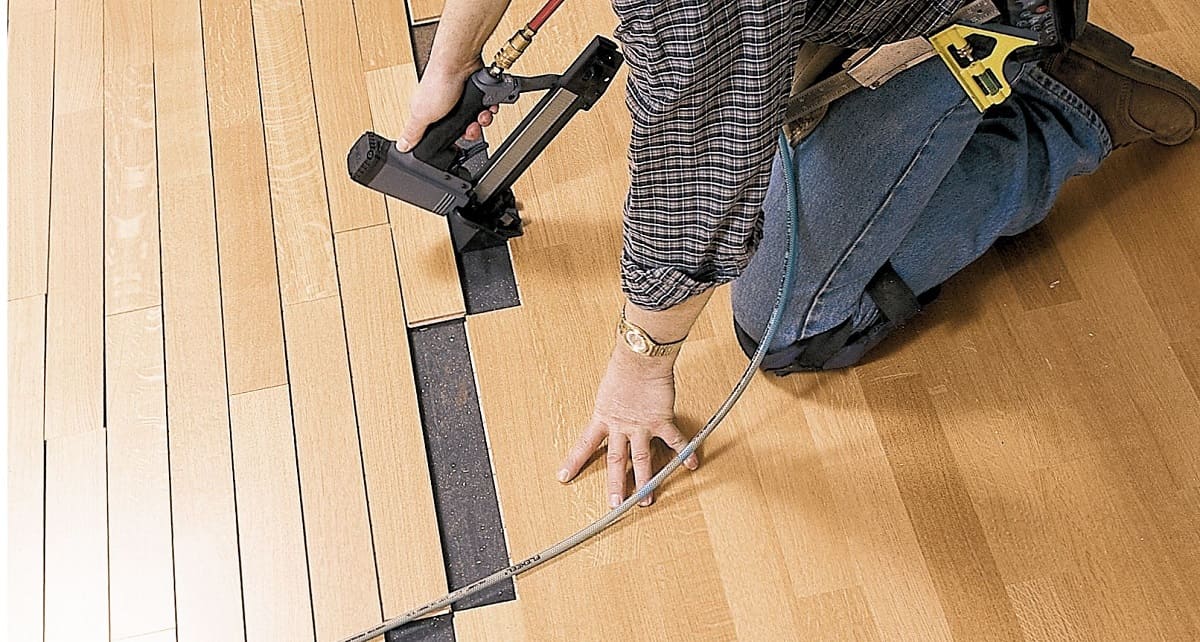
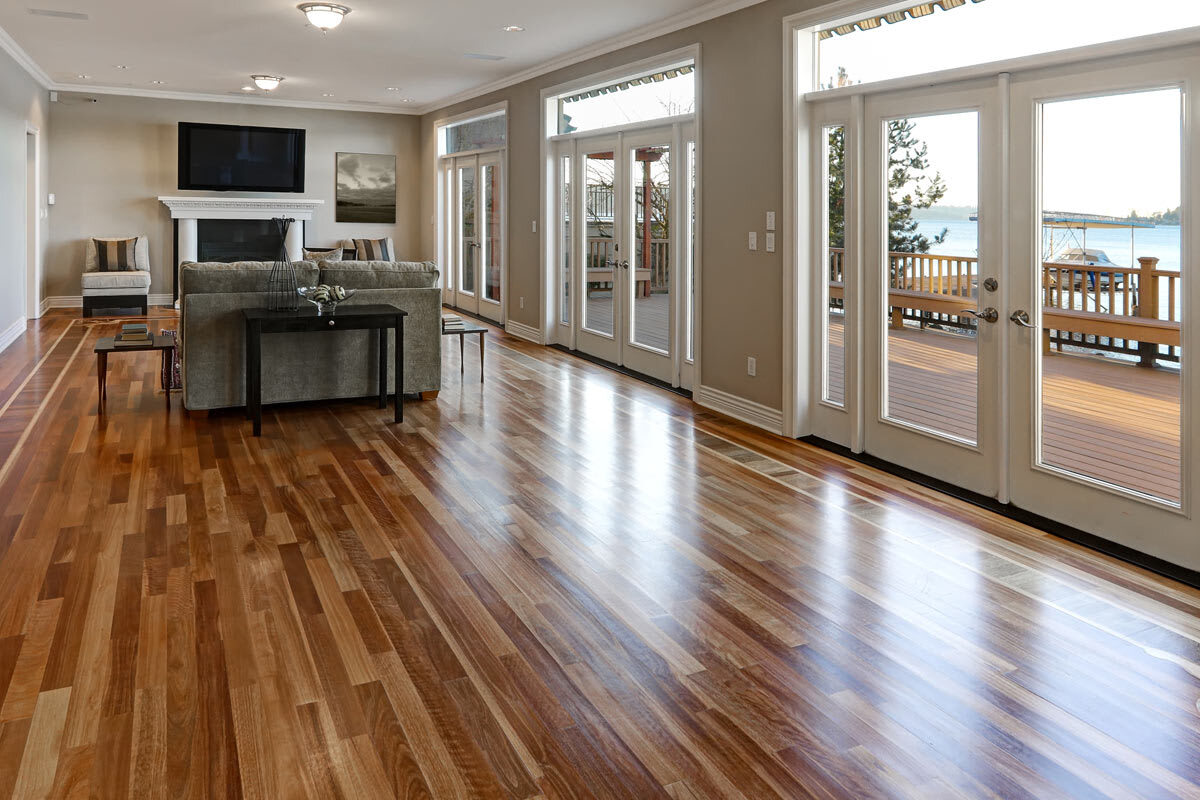
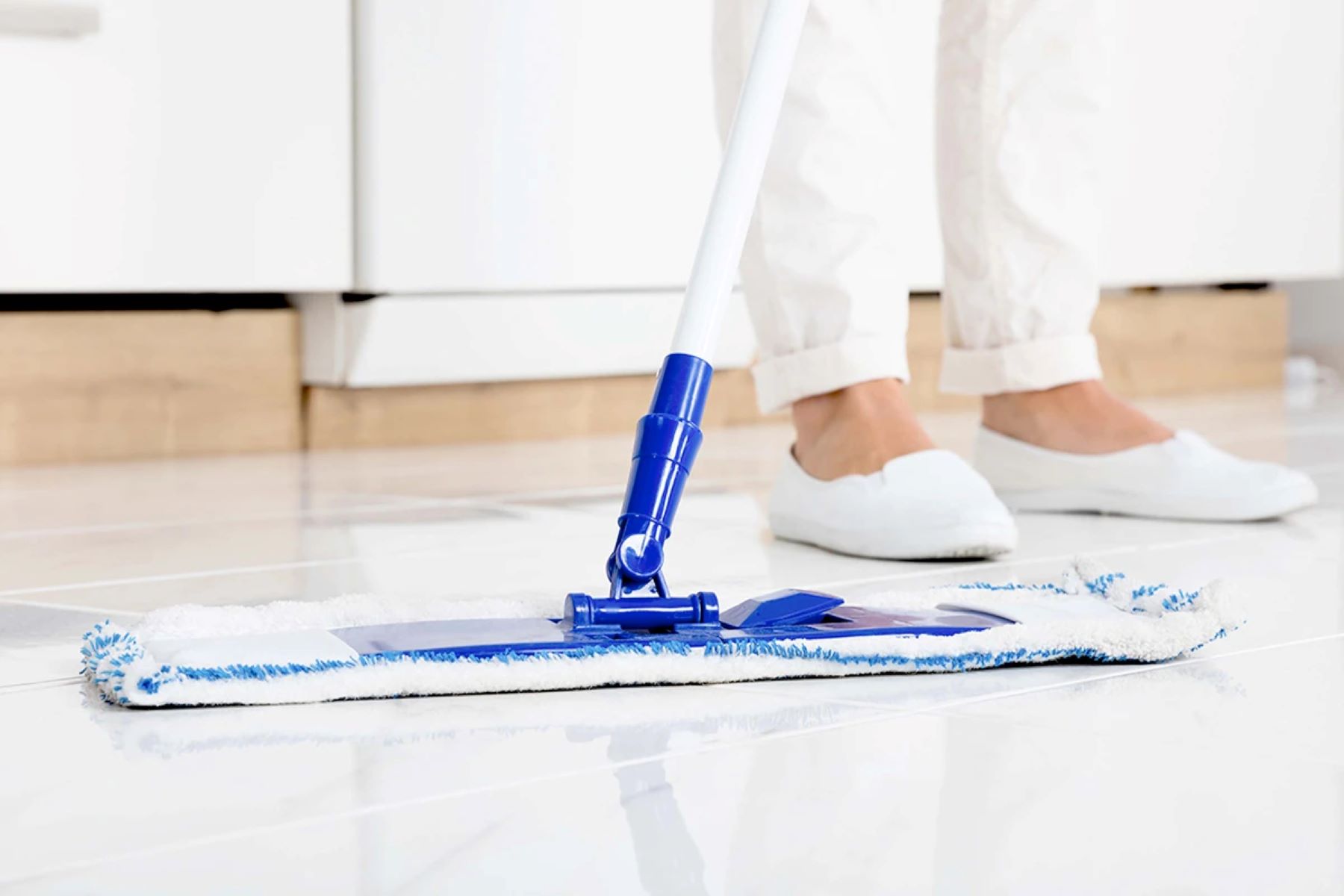
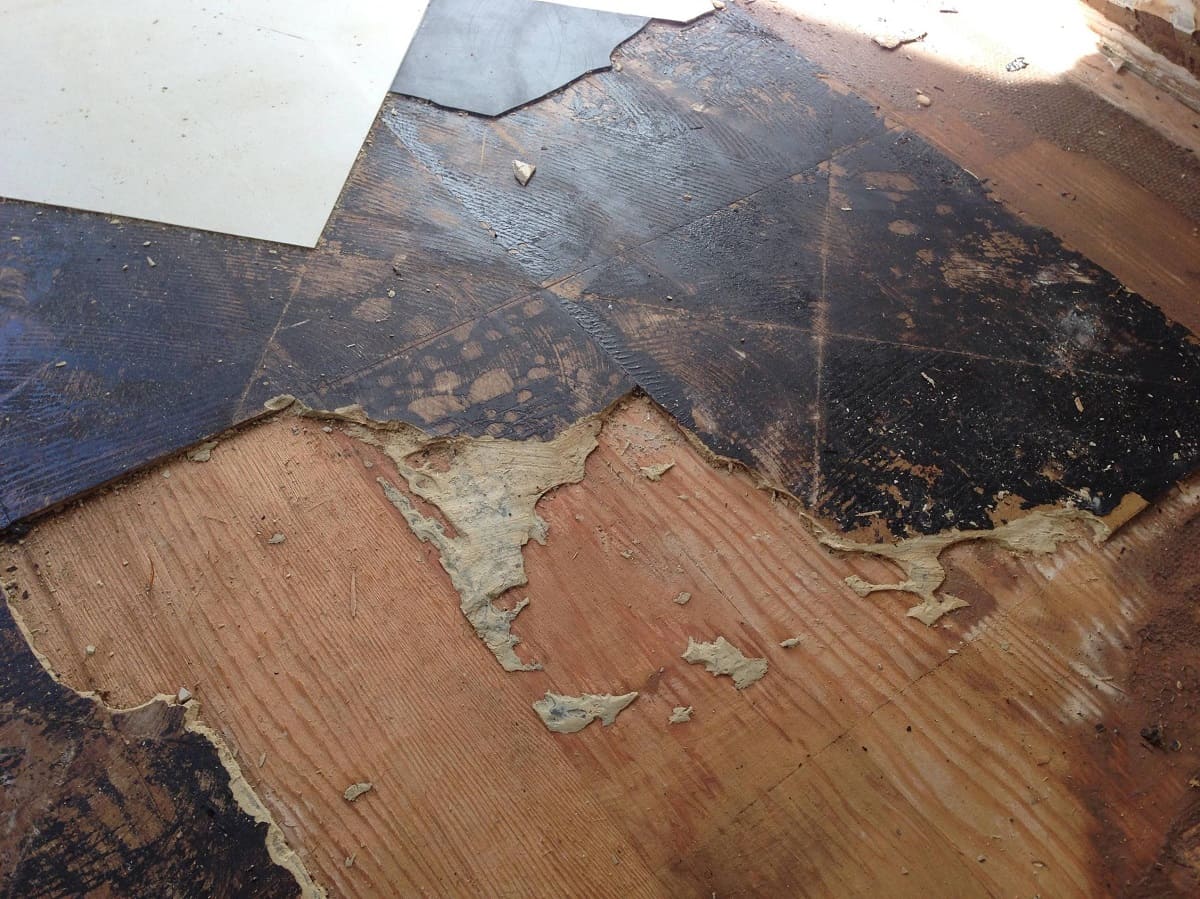
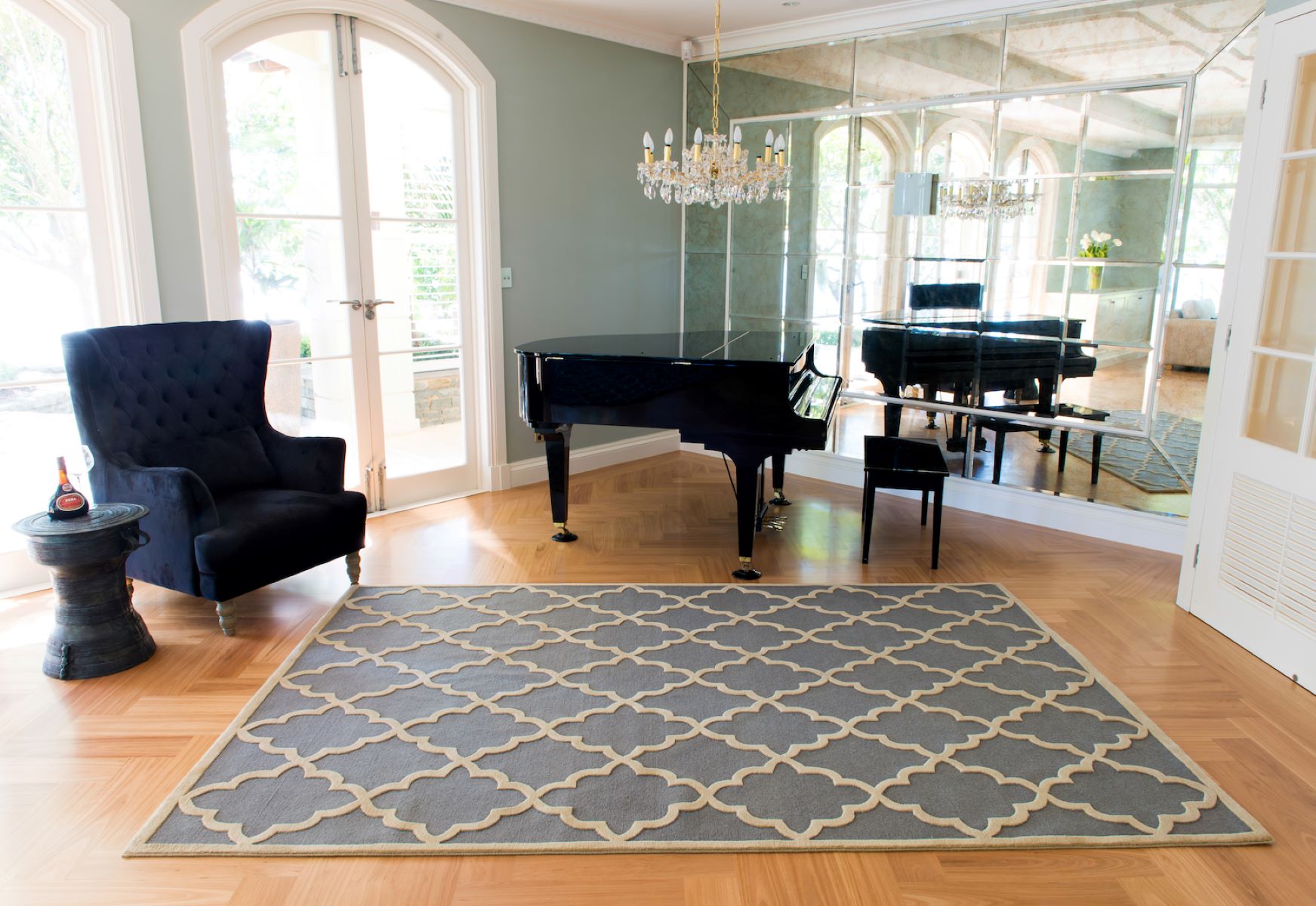
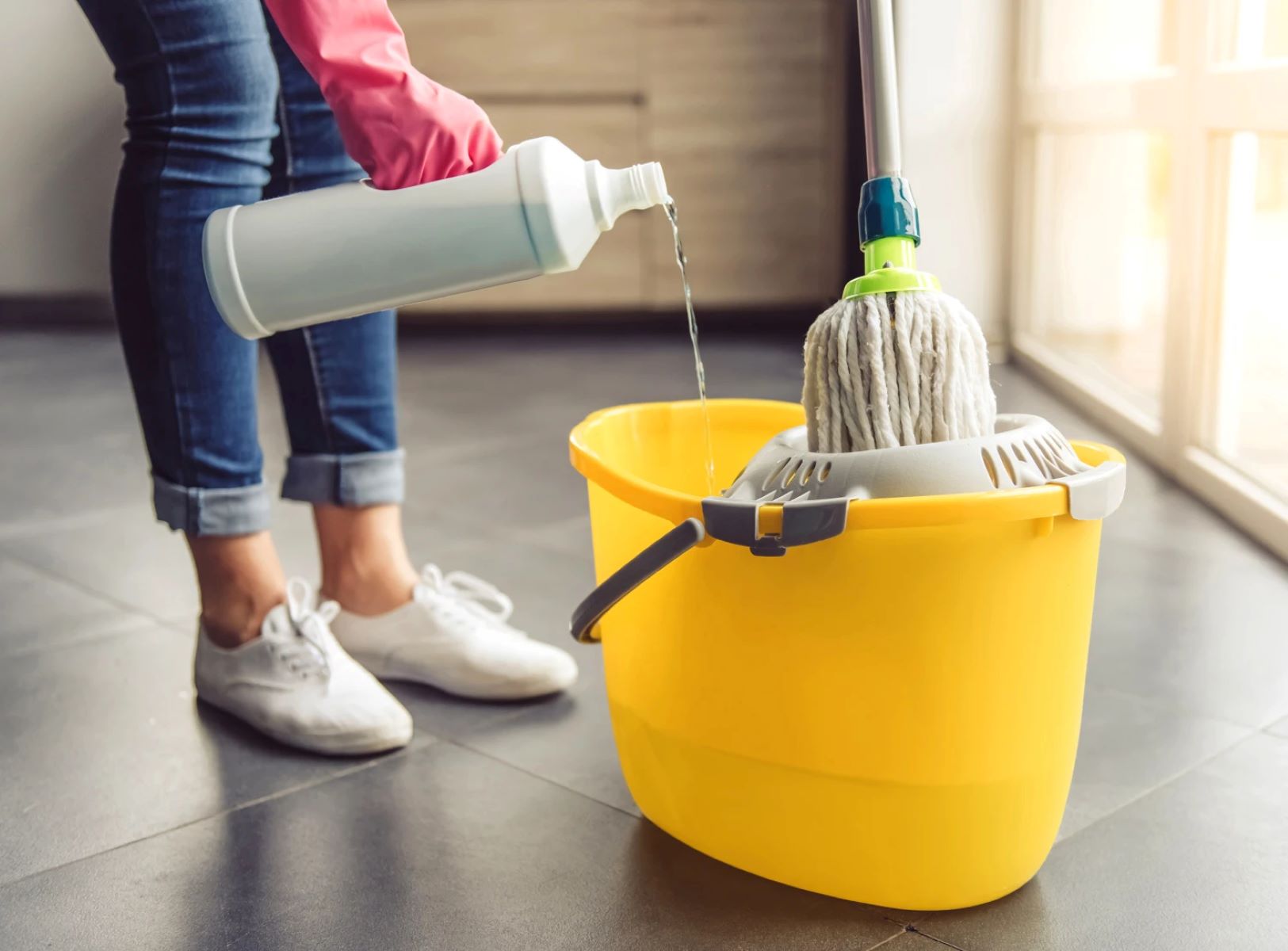
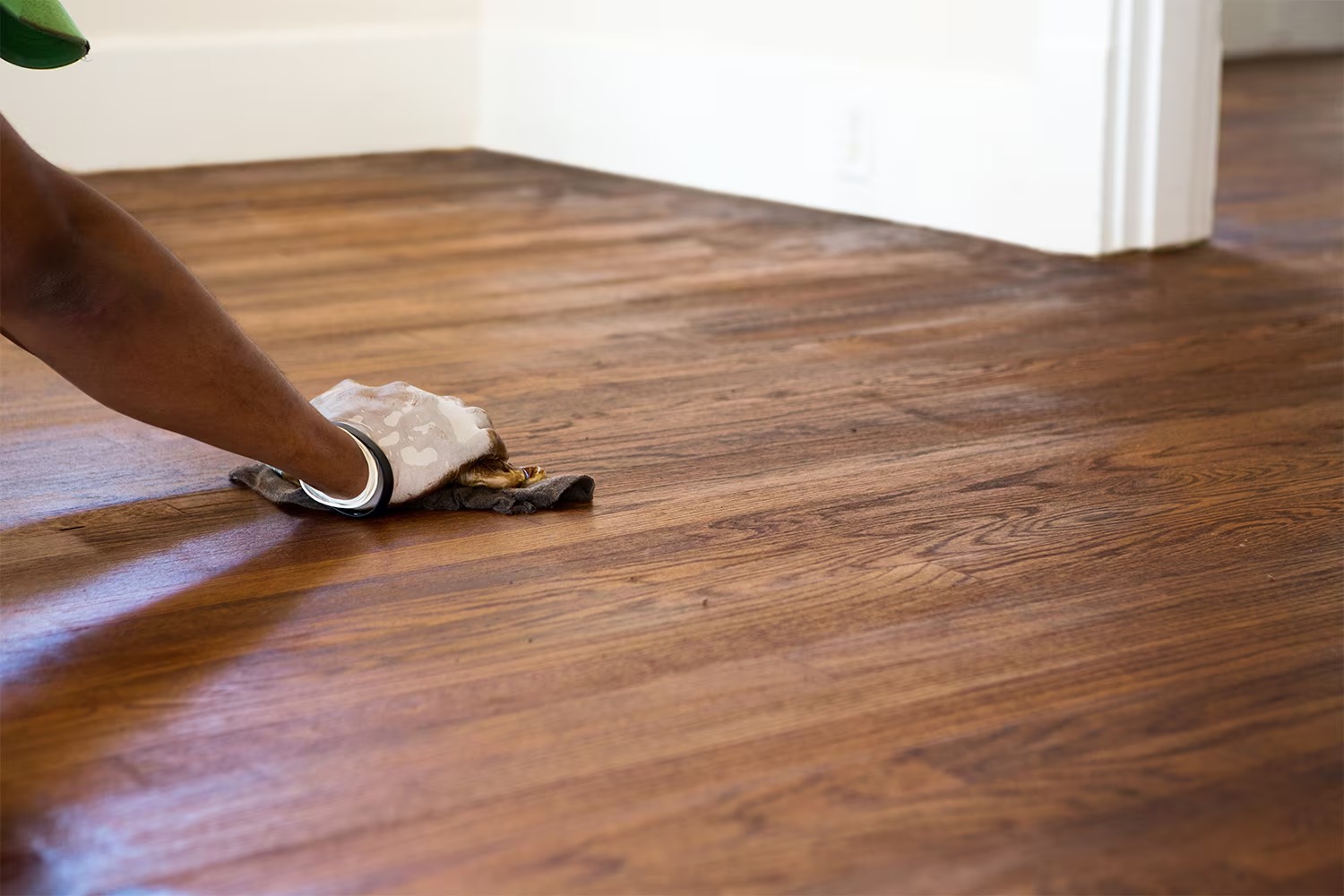

0 thoughts on “How Often To Mop Hardwood Floors”